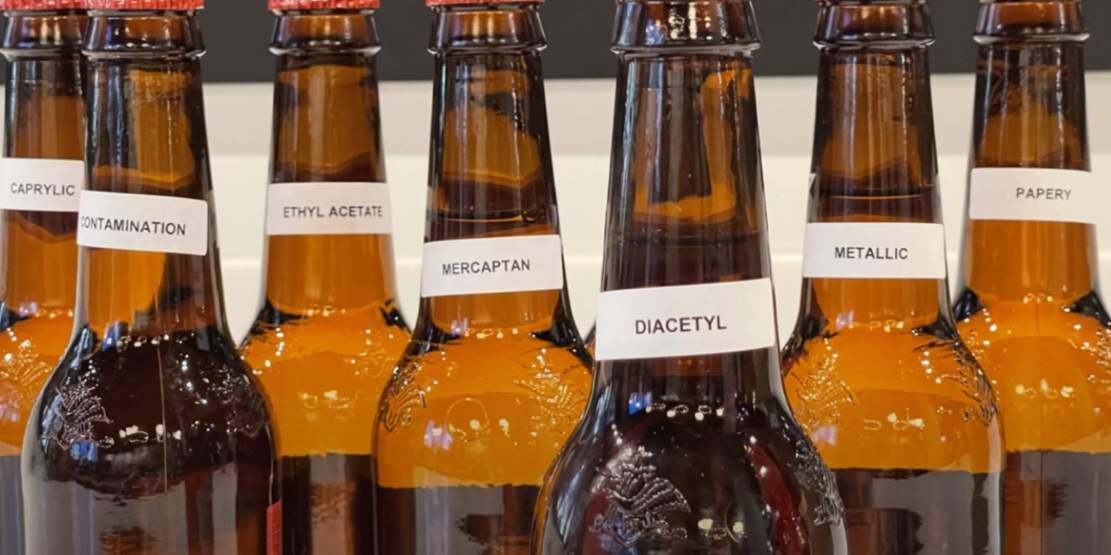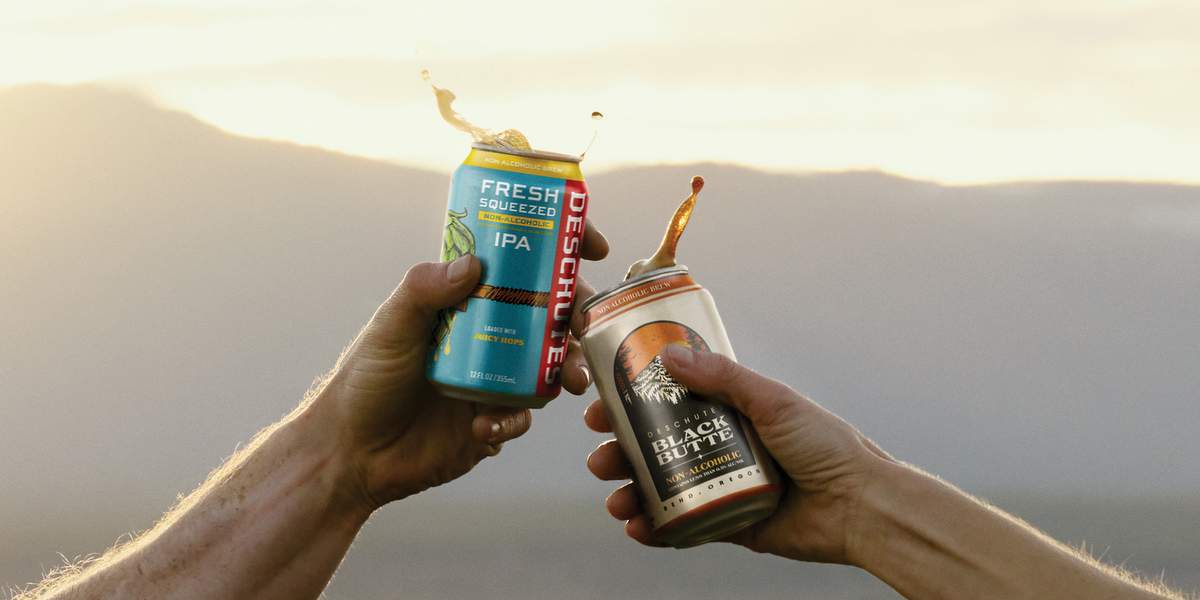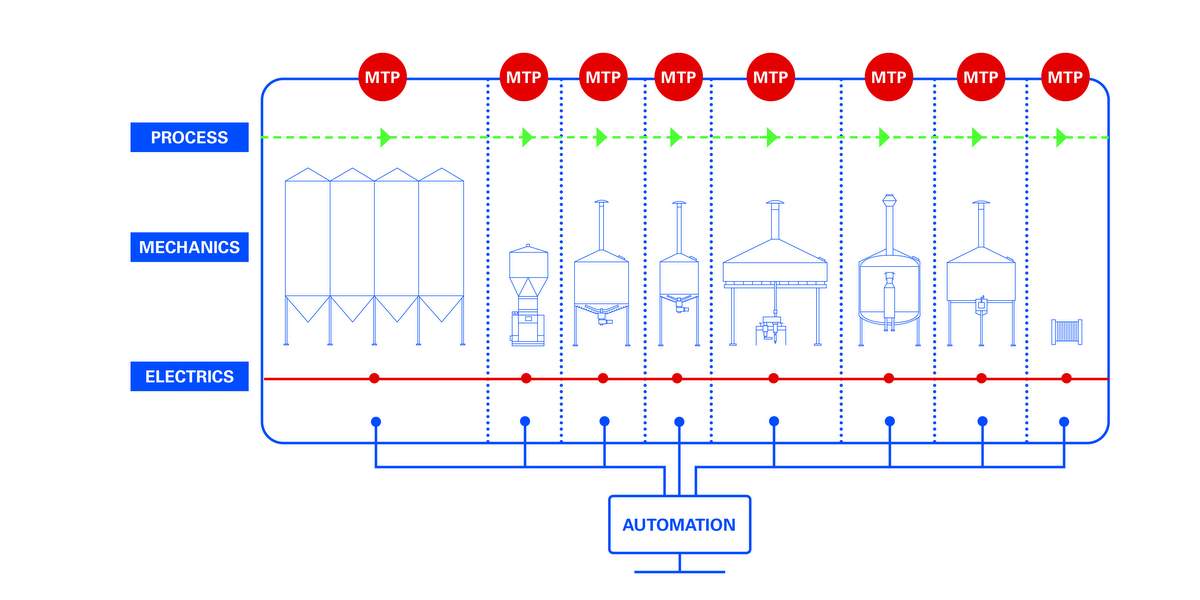Bell’s Brewery embraces a wide range of eco-focused business practices. For example: The Comstock, Michigan, based brewery has an 85-ton geothermal field installed 8 ft beneath its two-acre hop yard. Tubes filled with glycol exchange heat beneath growing hope bines, offsetting heating and cooling demands in the brewery offices. So, not only is Bell’s saving energy, it’s growing its own hops. That’s a powerful one-two.
We’re also big fans of the green roof above Bell’s barrel-aging warehouse, which increases insulation, reduces storm water runoff and extends the roof’s life. Then there’s the LED lights, streamlined foam traps on taps and that sweet CO2 vaporizer, which repurposes the heat generated from wort fermentation to help convert liquid CO2 into CO2 gas that can be used in other areas around the brewery.
Maybe the coolest green contraption that Bell’s boasts is its wastewater facility called The Cube — which, well, looks just like a cube — and is the subject of the Bell’s video above. The Cube treats between 180,000 to 200,000 gallons of water per day on site, and through that process helps reduce energy consumption while generating something like 2,100 kWh of power per day.
In the video above, Ferriss Bailey, process water treatment plant manager at The Cube, gives us a quick tour around the plant, explaining how bacteria are used to remove sugars, alcohols and more complex organics and in that process produce methane, which is then captured and used to generate around 7 percent of the brewery’s electricity. In the video below, released by Bell’s in 2020, Megan Kaiser, environmental engineer at Bell’s Brewery, discusses the overall coolness surrounding The Cube.
Capping all this Cube coverage, Bell’s also recently posted the four step process used by The Cube to process wastewater and produce energy. With their permission, we have reposted below.
Step 1: Solids Screening and Equalization: Upon arriving at The Cube, Bell’s brewing wastewater undergoes screening to remove large solids left over from brewing — such as hops. These recovered solids are then sent to a composting facility, ensuring nothing goes to waste. Following screening, we move on to the equalization stage, where the wastewater is held and mixed in tanks for approximately 24 hours. This allows for a consistent feed to the biological treatment process, so the anaerobic microbes get consistent wastewater.
Step 2: Biological/Anaerobic Treatment: The next step is when the wastewater is consumed in the biological treatment system. Microorganisms, lovingly dubbed “bugs,” work together to convert the organic components in the wastewater into biogas.
Step 3: Biogas Utilization for Renewable Energy: The biogas generated during the biological treatment process holds immense potential. Comprising primarily of methane with a dash of carbon dioxide and hydrogen sulfide, this biogas becomes a valuable source of renewable energy that powers about 7% of total energy usage at our Comstock brewery. We collect, compress, and channel this biogas into our combined heat and power system (CHP). The CHP features a reciprocating internal combustion engine, not dissimilar from an 18-wheeler, but fueled with biogas with a 150-kW generator. that the CHP also efficiently utilizes waste heat from the combustion of biogas, up to 60% of the total energy potential of the biogas through glycol loops. This reclaimed heat is employed to warm our bioreactors and heat the brewery’s batch soft water, achieving a dual goal of energy efficiency.
Environmental Impact and Energy Savings: In 2023, Bell’s anticipates producing about 780,000 kWh of renewable energy, equivalent to $84,000 worth in savings. This feat translates to offsetting approximately 7 percent of its total energy usage at its Comstock brewery.
Interested in learning more about brewery wastewater systems?
To understand more about the brewery wastewater process in general, here’s a great article from the CBB archives. “Wastewater basics for a growing craft brewery” was written primarily for small production brewers who discharge to a local wastewater treatment plant, but all brewers will find helpful nuggets of information in here as well. There are three main issues to address with regards to the wastewater — pH, concentration of BOD and TSS. Biochemical oxygen demand (BOD) is a measure of the nutrient value of wastewater. Total suspended solids (TSS) is a measure of suspended solids in wastewater. Brewery wastewater is higher in sugar and alcohol compared to normal domestic wastewater which most treatment plants were designed to treat. Ok, learn more below.





Leave a Reply
You must be logged in to post a comment.